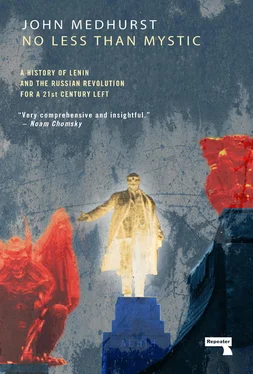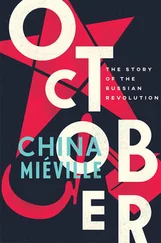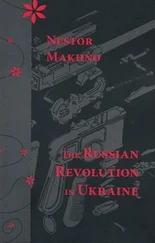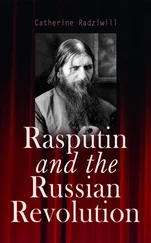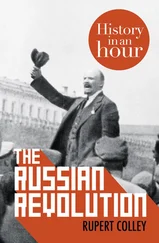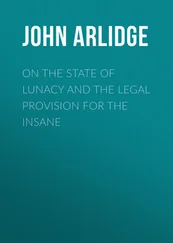the finest Russians have lived by the idea of the Constituent Assembly. In the struggle for this idea, thousands of the intelligentsia and tens of thousands of workers and peasants have perished in prisons, in exile, and at hard labour […] And now the People’s Commissars have given orders to shoot the democracy that demonstrated in honour of this idea. 11
Fifty-five years later, with no threat hanging over him, Marcel Liebman wrote in his widely praised study of Leninism that the Bolsheviks had “briskly dispersed” a pro-Assembly demonstration, but otherwise did not elaborate. 12
The Constituent Assembly opened at 4pm in the old State Duma chamber of the Tauride in an atmosphere of barely suppressed violence. The SR leader Victor Chernov was elected the Assembly’s President. He tried in vain to make a speech over catcalls from the galleries. The old revolutionary declared that the two main goals of the Assembly were to transfer land ownership to the peasants and to achieve a democratic peace (though it would not sign a separate peace with Germany). Chernov said that the Assembly was willing to submit all its decrees to popular referendum and to work with the Soviets.
Before any further business could be taken, Sverdlov marched to the podium and introduced the “Declaration of the Rights of Working and Exploited People”, which approved all the Decrees already passed by Sovnarcom. He demanded it be immediately voted upon. The Assembly might have accepted the Declaration had it not contained an additional clause clearly designed to provoke its rejection–agreement that the Assembly’s only role was to formulate general principles and that it had no power to legislate. The Assembly therefore rejected the Declaration by 247 votes to 146. After this the Bolshevik delegation withdrew, followed shortly after by the Left SRs. 13
Chernov then moved a “Draft Basic Law on Land” prepared by the SR party. The Draft abolished all property rights in land within the Russian Empire; nationalised “all land, mineral wealth, forests and waters currently held by individuals, groups or institutions as property or under another law of estate” without compensation; and placed the right to dispose of it in the hands of central and local government. Chernov had just finished reading the Draft when a Bolshevik sailor stood up at the podium and said, “I have been instructed to inform you that everyone present should vacate the hall as the guard is tired” (it was by now 4am). Chernov asked, “What instruction? From whom?”, to which the sailor replied, “I am the head of the Tauride Palace Guard and I have instructions from Commissar Dybenko”. Chernov told the head of the Guard, “All members of the Constituent Assembly are also very tired, but tiredness must not interrupt the proclamation of the land law for which all Russia has been waiting”. 14
This led to more abusive shouting from soldiers in the galleries. Chernov said he did not recognise the instruction and he pressed on with business. At 4.40am, in order to avoid violence, he declared the session closed, to be resumed at 5pm the same day. The delegates left the Tauride. When they returned that afternoon they found the entrance barred by troops and two field guns. Newspapers which printed a true record of what had occurred inside the Assembly were removed from newsstands by armed soldiers, ripped up or burnt. Later that day Sovnarcom passed a decree abolishing the Constituent Assembly.
Three days later, on 9th January, crowds manned a ten-mile-long route for the funerals of those killed in the pro-Assembly demonstration of 5th January, including a banner carried by workers from the Semiennkov factory which proclaimed, “Eternal memory to the victims of the violence of the Smolny autocrats!”. After the demonstration, Menshevik trade union activists were greeted warmly at the factory. Thousands of workers congregated at the Obukhov Works and at other factories throughout the Nevsky district to protest the closing of the Assembly. Even the Vyborg district evinced rumblings of discontent at the shutdown of the Assembly, a sign that the pro-Bolshevik atmosphere of October was already beginning to shift. 15The primary reason the dissolution was achieved so easily was that the peasants, having apparently secured land redistribution through the Land Decree, were no longer concerned about events in Petrograd. Without its mass base the SR party was powerless.
The Constituent Assembly, like the Kronstandt rebellion of 1921, has been consistently misrepresented by Leninist propagandists. It had been elected under universal suffrage and a free, fair and secret national ballot. The result of the election had produced a populist, agrarian-inclined socialist majority in tune with the long-held desires of most of Russia’s people. The Assembly convened despite the use of repression and violence on the part of a defeated governmental party unwilling to give up power. It selected a veteran anti-Tsarist radical socialist to be its president and it opened with all delegates singing “The Internationale”. Its last act was to pass land reform legislation nationalising landed estates without compensation and redistributing them to peasant communities. It is likely that had it survived it would have reached a better working accord with the Soviets than did the Bolshevik government, under which the Soviets as functioning democratic bodies soon died out. If it was “counter-revolutionary”, it was no more so than the state power that killed it.
The majority of workers and peasants cared far more about ending the war than they did about the fate of the Assembly. Sovnarcom, well aware of this, had sent Trotsky, the Commissar for Foreign Affairs, to negotiate with the Germans at the Polish city of Brest-Litovsk. Immediately after 25th October Sovnarcom agreed a temporary armistice with Germany, but although Russian forces were rapidly demobilising the German army in the east remained intact. After its insistence that Russia engage in proper negotiation about a peace treaty–in which it expected Russia to surrender a large amount of territory or it would cross the armistice line and march straight to Petrograd and Moscow–Trotsky arrived at Brest-Litovsk on 1st December with a remit to drag out the process as long as possible in the hope that, before long, a proletarian revolution would begin in Germany that would make such diplomacy superfluous.
This was extremely optimistic. Although the war was nowhere near as popular in Germany as it had been, Rosa Luxemburg’s Spartacist League, formed after the SPD’s betrayal of internationalism in 1914, had only about 2,000 members and little connection to the organised labour movement. As the war dragged on there were sparks of anti-war activity and in April 1917 200,000 workers across Germany went on strike to protest a cut in war rations. But there was a long distance between such protests and the overthrow of Germany’s military-state machine by a revolutionary party with mass working-class support. In May 1916, Liebknecht was arrested for leading an anti-war protest in Berlin, shortly after followed by Luxemburg and Mehring. Faced with mounting repression within the SPD against members who voiced anti-war sentiments, and an announcement by German trade union leaders that the unions would remain loyal to the government during war-time, the Spartacists and the “centrists” Haase, Bernstein and Kautsky met in January 1917 to consider a way forward.
The outcome was the formation in April 1917 of the Independent Social Democratic Party (USPD), which took about 100,000 of the SPD’s 240,000 members with it when it split away. Born from the war, it was a volatile fusion of anti-war centrists and radical socialists, counting Kautsky, Bernstein, Haase, Hilferding, Mehring, Luxemburg and Liebknecht amongst its key figures. Its manifesto, written by Kautsky, attacked “government socialists” and trade union leaders for having moved to the right and betrayed German workers. The manifesto demanded an immediate amnesty for political prisoners, freedom of the press and freedom of assembly, the eight-hour day, and universal suffrage for men and women to all elective bodies. It welcomed Russia’s February Revolution and noted that while the Russian proletariat had established a democratic republic the SPD continued to accept the monarchy.
Читать дальше
